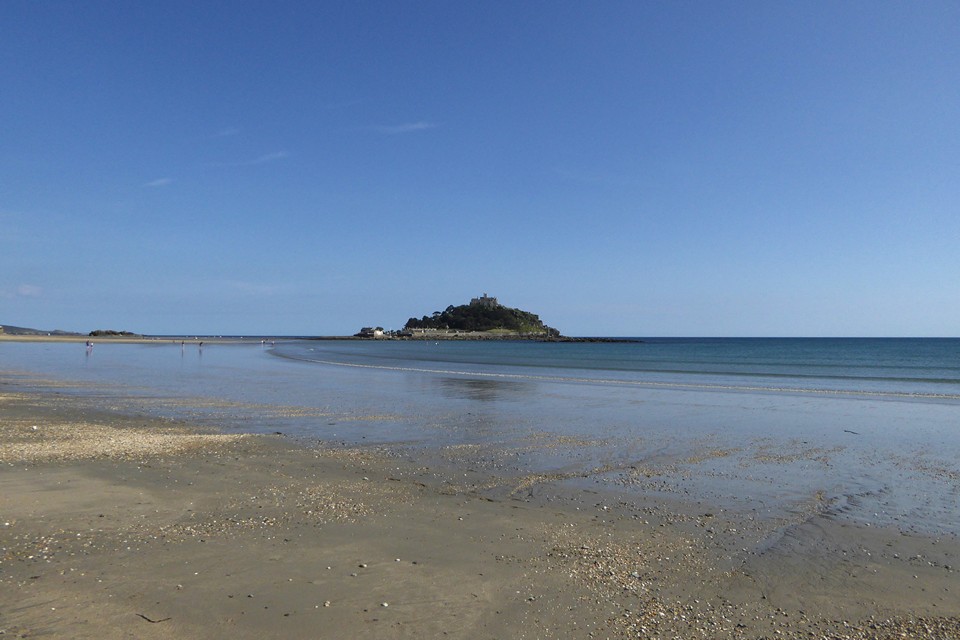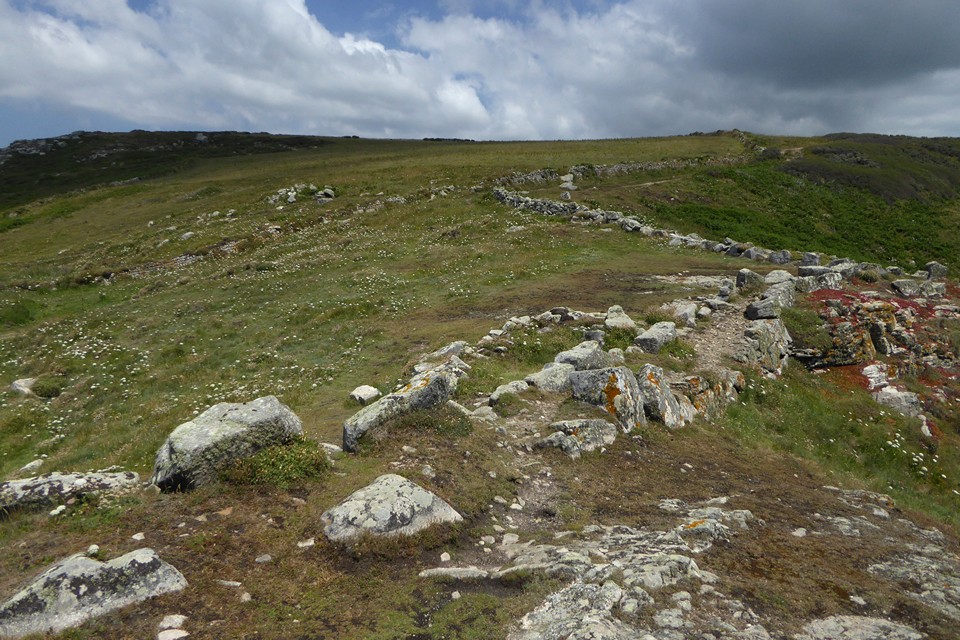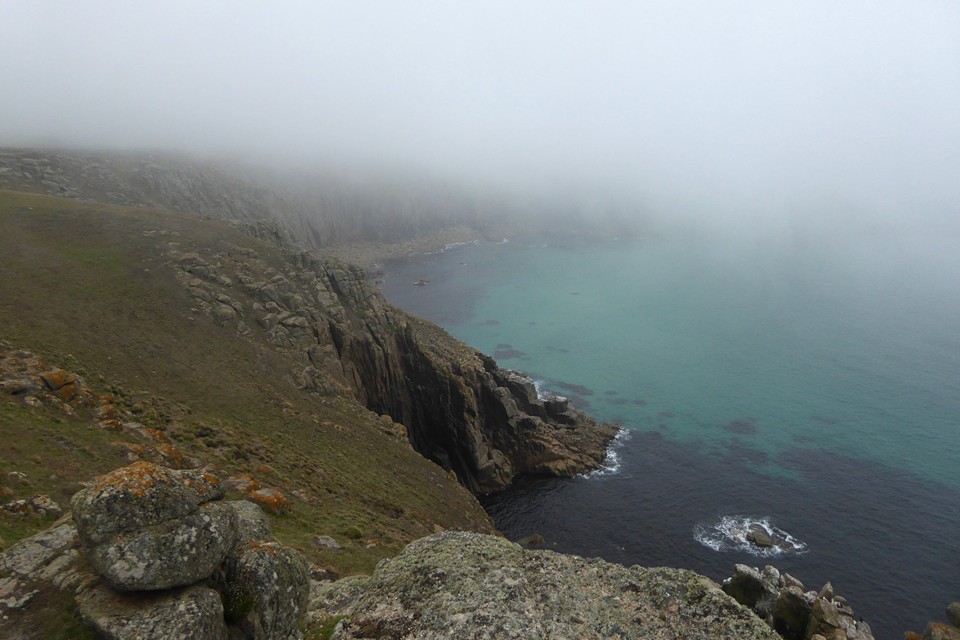
The huge stone bank of the south-western rampart of Piercefield Camp.

The huge stone bank of the south-western rampart of Piercefield Camp.

South-eastern rampart, looking south-west.

Well-preserved stone rampart on the south-eastern side of Piercefield Camp.

Row of upright stones within Piercefield Camp. Although these look artificially straight, I think they are part of the natural geology of the site.

Stone rampart on the northwestern side of Piercefield Camp. The canopy is dense and the light dim at this time of year.


Well-preserved bank of Piercefield Wood Camp. Most of this smaller earthwork is inaccessibly overgrown in July.





Such a great kerb on this cairn, worthy of a Scillonian entrance grave. Shame we’ll never know if it had a central chamber like nearby Bosiliak.

Stone flanking the outer gate. The northwestern arc of the outer rampart continues over to the right, covered in dense vegetation that hasn’t been cleared for many years.

Cupmark on the capstone. Looking towards Carn Kenidjack and Carn Bean.

The approach over summer downs.


Looking from Stone 4 towards Stone 5.

Looking towards Tregeseal stone circle, with St Just beyond.

Focusing on the collection of recumbent stones around the edge of the circle. These intrigue me more each time I visit.

Midsummer afternoon, from Marazion beach.

Looking southeast towards Porthleven.


Looking west; West Penwith over on the left, Cudden Point in the centre, Rinsey Head on the right.

Showing kerb stones on the edge of the cairn, to the right of the chamber.

Looking uphill towards the cairn (centre) from the field system on the headland.

Semi-circular feature next to the ancient field boundary on the headland, which I didn’t notice when we were here 11 years earlier.

Midsummer, Trewavas Cliff. The path cuts through the edge of the cairn, and I think the exposed stone in the path itself may be part of the kerb.

Bronze (Age) plaque.

Thin side. The crack where the top broke off and was fixed back on is clearly visible.




Looking east from atop the rock towards Bodmin Moor; Roughtor and Brown Willy are on the left skyline, the tors above Minions and Caradon Hill to the right.

Even without the bonkers chapel this is a very cool place.


Approaching from the southeast.



Looking north towards Roche (Roche Rock is centre of image). The stone on top of the barrow is a boundary marker.

Looking west across the active china clay quarries.

This is a magnificent round barrow, one of the best in Cornwall. For thousands of years it stood atop the highest hill for many miles around (the highest point in Cornwall outside Bodmin Moor) but now it’s dwarfed by the spoil heaps of the china clay quarries and its 360 degree views have been cut off.

Looking down on the barrow (centre, with white-painted trig) from the artificial slopes of Hensbarrow Downs. Roche is below to the right.





What appears to be a shallower bank and ditch to the northeast of the fort.

From Trevilley Cliff to the northwest, across Nanjizal.


The central slab in the eastern kerb cairn, with the hilariously inappropriate label “Iron Age Field System” now affixed to it.